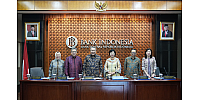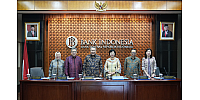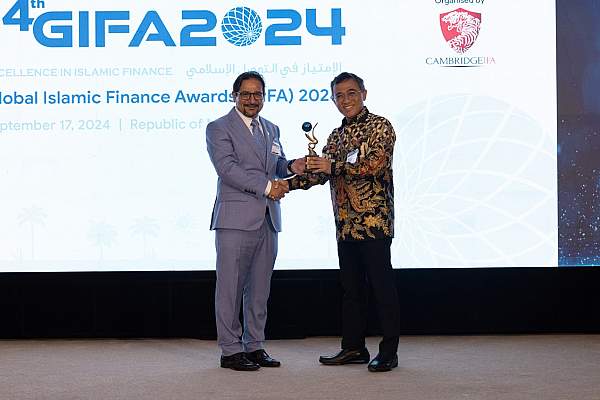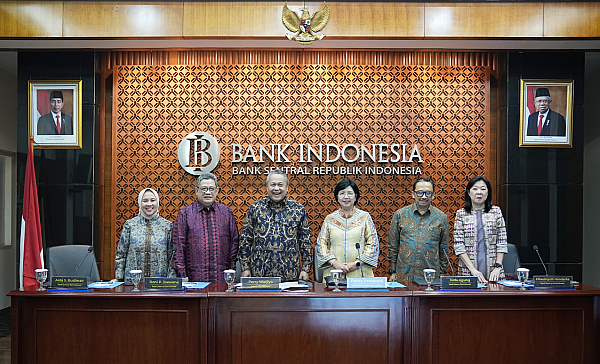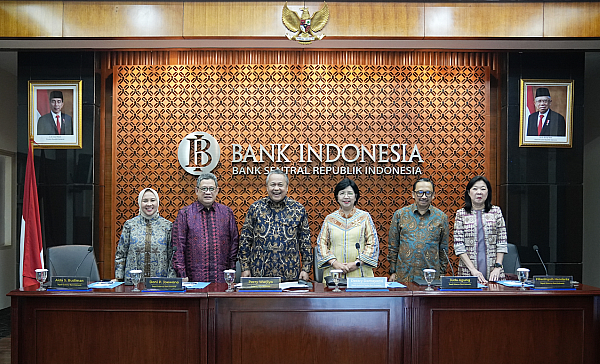ATM Card Use Continues to Decline, Digital Banking Soars

Indonesians are becoming lazier to use Anjungan Tunai Mandiri (ATM) cards for payments or money transfers. Nowadays, people prefer digital transactions or digital banking. This is evident from the performance report of the payment system transactions released by Bank Indonesia (BI) last week.
According to the report, the performance of the payment system transactions continues to grow strongly. In April 2024, transactions using BI-RTGS increased by 18.65% annually, with a value of Rp13,112.22 trillion. Transactions with BI-FAST skyrocketed by 56.70% to reach Rp612.90 trillion.
Meanwhile, the nominal value of digital banking transactions recorded Rp5,340.92 trillion, or a 19.08% annual growth. Similarly, the nominal value of Electronic Money (UE) transactions increased by 33.99% to reach Rp90.44 trillion. On the other hand, the nominal value of QRIS transactions soared by 194.06%, with 48.90 million users and 31.86 million merchants.
In contrast, the nominal value of ATM/Debit card payment transactions decreased by 12.49% annually, reaching Rp619.19 trillion. Strangely, the nominal value of credit card transactions increased by 11.67%, reaching Rp34.39 trillion. In terms of Rupiah currency management, the Circulating Currency (UYD) increased by 2.64% to Rp1,058.23 trillion.
The total amount of money in circulation in a broad sense (M2) as of April 2024 reached nearly Rp9,000 trillion or Rp8,928 trillion, growing by 6.9% annually compared to the previous month's record of Rp8,888.4 trillion.
The development was driven by the narrow money supply (M1) growth of 5.5%, and quasi-money of 8.5%. The M2 development in April was mainly influenced by the distribution of credit and net claims to the central government.
Credit distribution in April 2024 grew by 12.3% annually, compared to the previous month's 11.9%. Net claims to the central government soared by 25.8%, compared to the previous month's 17.9%. Meanwhile, net foreign assets contracted by 1.1%.
M2 includes currency held by the public, rupiah demand deposits, electronic money, and rupiah savings. M2 also encompasses quasi-money, and securities issued by the monetary system and owned by the domestic private sector with a remaining maturity of up to one year.


